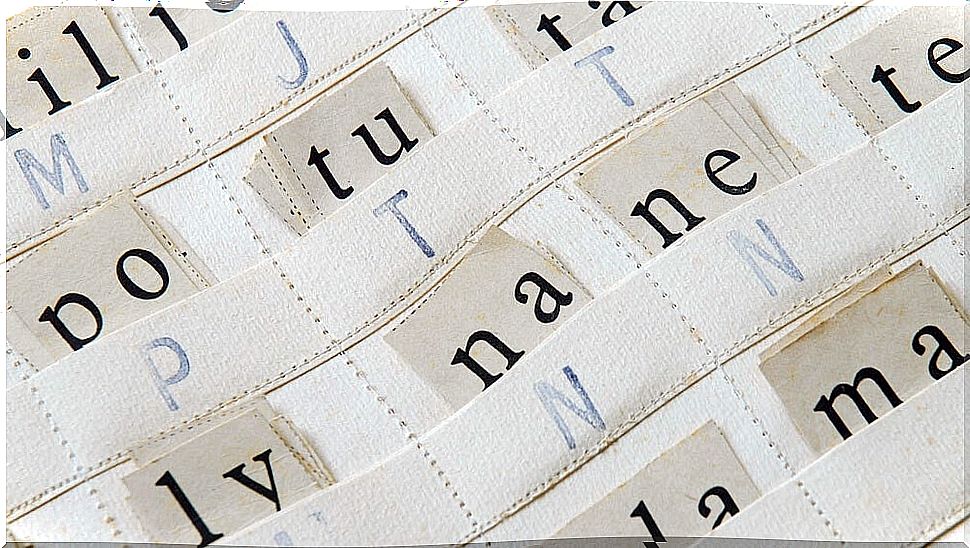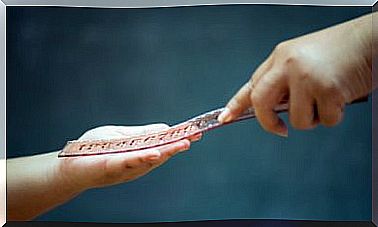The Syllabic Method, A Way Of Teaching Reading And Writing

To learn to read and write there are different methods. Among them we find the syllabic teaching method. In this method we see advantages and disadvantages, and it is important to know them in order to carry out the process of teaching and learning literacy correctly.
What is the syllabic method?
It is a synthetic method and, as a synthetic method, it starts from minimal and simple units to gradually reach complex units. It is a method that is awarded to the pedagogues Samiel Heinicke and Federico Gedike.
Using the syllable: reasons
The syllable is used trying to make up for the deficiencies that we find in other methods focused on the phoneme (sound of the letter) or spelling (written letter). Using a syllable, we can integrate phoneme and spelling (sound and letter). Learning is favored, since we eliminate the difficulties of those cases in which a consonant is difficult to pronounce by itself.

Advantages and disadvantages that we find in the syllabic method
Advantage
- Eliminate spelling from the alphabetic system, which involves pronouncing the sounds of letters alone.
- Syllables are easy to pick up sound units.
- Provides a logical way of learning.
- It is a very simple method; you do not need much teaching material or previous activities.
- The Castilian is a phonetic language, making it easy to use this method; can be applied in a natural way.
Disadvantages
- It is an automatic form of learning, so it can delay understanding.
- The learning is slow, because it causes no interest in the child. It is learning that can become boring, demotivate children and cause them to lose interest in writing and reading.
- By going from the particular to the general, you can fragment the child’s harmony of mind.
How to apply the syllabic method
In the beginning, you start by learning the 5 vowels (aeiou); first its sound and then its spelling. Next, we teach the consonants attached to the vowels. We start with the best known and we learn their sound and spelling (ma-me-mi-mo-mu or pa-pe-pi-po-pu). It is continued by more complex consonant-vowel groups (ra-re-ri-ro-ru).
Once this is achieved, syllables locked with two consonants and a vowel such as pla-ple-pli-plo-plu are introduced. We will follow the same sound and spelling sequence. So, we start combining the consonants with the vowels creating syllables in a reverse way: an, en, in, on.
When we already have several syllables, we can build words. By knowing how to construct words, we can start with sentences and then longer texts.

The texts for the syllabic method
The syllabic method is based on an important principle of learning: when we speak, we pronounce syllables, we do not pronounce separate letters or sounds. The syllable is a fragment that can be recognized.
The syllabic method in textbooks is not always carried out the same. In his first book (1892), Felisberto de Carvalho presents syllables as significant monosyllables. He relied on graphic design with or without supporting drawings.
Of course, almost always, when we develop the syllabic method, in the texts we will see an order of syllables, from the simplest (ma-me-mi-mo-mu) to the most difficult (pra-pre-pri-pro -pru). Many of the texts to apply the syllabic method include keywords in which the initial syllable is highlighted with colors or typologies.
In short, the teaching of reading and writing through the syllabic method is the teaching that uses the most traditional method. It is the teaching that has been used in educational centers and schools for decades; It is the method of traditional primers.










